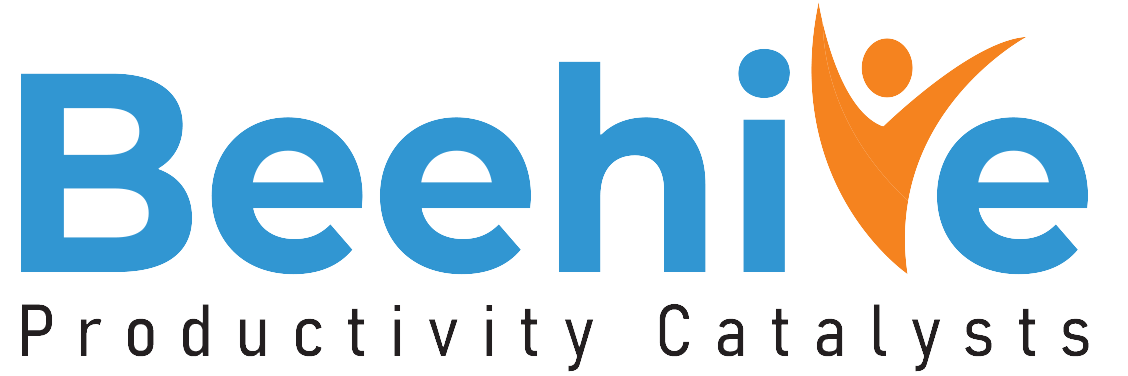50% of job postings are now playing it straight and reshaping talent acquisition
Here’s something that would’ve been unthinkable a few years ago: over 50% of job listings in India now include salary info. That’s right, more than half of employers are putting the money talk front and center. Compare that to 26% back in 2022, and it’s clear something big is happening.
This is more than a trendy HR thing. It’s a full-blown compensation culture shift. And it’s rewriting how companies attract talent, how job seekers choose where to apply, and how HR tech has to step up.
India has long treated salary talk like a family secret. But now, employers are realizing that hiding the paycheck doesn’t work anymore and honestly, it never really did.
So… Why now?
The short version? Job seekers have wised up.
People don’t want to waste time applying for jobs that can’t pay their rent. Especially not post-pandemic, when work culture flipped on its head. Add in the rise of remote and hybrid work, and candidates now expect more clarity, more flexibility, and more transparency about the money.
And let’s not forget the generational factor. Millennials and Gen Z are not afraid to Google salary benchmarks. They are loud, informed, and unbothered by awkward compensation questions. They want to know what they are walking into and they want fairness.
HR Tech got real
For HR teams, it is about rethinking the entire approach to compensation strategy.
Old-school HR systems weren’t built for this. They are great at storing resumes, tracking leave, and throwing birthday alerts. But they are terrible at dynamic salary planning.
Modern HRMS platforms, on the other hand, are finally stepping in with tools that do real work like salary benchmarking, pay equity analysis, and market-rate comparisons. They are helping HR teams stop guessing and start acting like data-driven humans.
Here’s the Business case
Posting salaries is more than a nice thing to do—it’s good business.
- It cuts down on the back-and-forth and ghosting.
- It attracts candidates who are a good match.
- It shortens hiring cycles.
- It builds trust right out of the gate.
And guess what? Candidates respect companies more when they don’t have to beg for salary info. That’s a brand win.
It’s not one-size-fits-all (and that’s okay)
Of course, not every role is being treated the same. Junior positions are more likely to include pay info than senior ones. Why? Because entry-level salaries are usually more standardized, while executive comp is a whole other beast.
This is where smart HR management software helps. They can support tiered transparency strategies basically, showing salary where it makes sense, and keeping it flexible where needed. The goal is to be strategic, consistent, and fair.
Behind the curtain: What the tech needs to do
To pull off transparency at scale, companies need real infrastructure. We are talking:
- Salary algorithms that account for skills, location, demand, and experience.
- Compensation modeling that adjusts in real time.
- Integrated platforms that keep everything talking—recruiting, payroll, benchmarking, the works.
Think of it like pricing software, but for humans.
It’s not all rainbows and salary bands
Let’s be real, salary transparency opens up some complicated conversations.
- What happens when current employees see what new hires are making?
- How do you justify differences across teams?
- How do you keep pay equity intact without sparking drama?
This is where communication tools and internal transparency frameworks matter just as much as the tech. HR management software needs to help companies explain the why behind the numbers.
The legal wave is coming too
International markets are already enforcing pay disclosure laws. It’s only a matter of time before India catches up. So companies embracing transparency now are ahead of the curve and also future-proofing themselves.
HR tech needs to start thinking in terms of regulatory readiness. That means audit trails, equity reports, and disclosure logs that make compliance easy if and when those rules hit our shores.
Transparency = Better data = Smarter hiring
Here’s an underrated win: When more companies share salary info, everyone benefits. Market data becomes more accurate. Benchmarking gets better. And companies can optimize their hiring strategy based on what works.
We are entering the age of predictive salary planning. HR platforms can now help forecast acceptance rates, predict application volumes, and fine-tune offers that land talent.
Candidates are winning, too
For job seekers, this shift is everything. They can now:
- Filter roles that align with their expectations
- Avoid wasting time
- Negotiate from a place of knowledge
Even mobile job apps are evolving to make salary front and center. HR platforms are building personalized candidate experiences that use salary preferences to recommend jobs like Netflix recommends binge-worthy shows.
Beehive HRMS: We are all in on transparency
At Beehive HRMS, we have been watching this shift and building for it. We support transparency and helping organizations build compensation strategies that make sense to candidates, HR, and leadership.
Companies that embrace salary transparency are sending a message: We know what talent wants, and we are not afraid to be real about it.
It’s time we turn this honesty into a hiring advantage because transparency is not a risk but a strategy. Want to make it work for you? Let’s talk.
FAQ's
It tracks how people feel, what’s stressing them out, and whether they are engaged—so leaders can take action early and build a healthier workplace.
Nope. Beehive is scalable and flexible, making it a great fit for startups, SMEs, and enterprises alike.
It focuses on productivity and more importantly on emotional well-being with features such as happiness surveys and anonymous support channels.
Yes, it can. It’s designed to enhance what you already have or help you start from scratch.
Better retention, higher productivity, less burnout, and a company culture that doesn’t make people want to flee.



